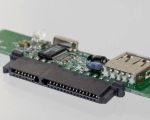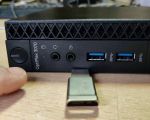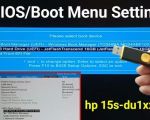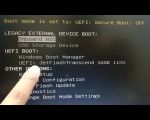How to Safely Hide Pictures and Videos from a Computer Repair Technician
- Why Should You Hide Pictures and Videos?
- Methods to Safely Hide Pictures and Videos
- Using Encryption for Enhanced Protection
- Using External Storage Devices
- What to Do After the Repair
1. Why Should You Hide Pictures and Videos?
When you take your computer for repair, you’re entrusting a technician with access to your personal files. Whether it’s a laptop or desktop, chances are it holds sensitive data, such as photos, videos, and documents. These files may be private or valuable, and you probably don’t want a technician accidentally or intentionally viewing them.
Hiding your personal files is essential to maintain privacy and protect against potential data breaches. While most repair technicians are professionals who respect confidentiality, it’s always better to err on the side of caution. Whether you’re dealing with sensitive images, videos, or financial documents, ensuring these files remain hidden helps protect your digital privacy.
2. Methods to Safely Hide Pictures and Videos
Fortunately, there are a few simple and effective ways to keep your pictures and videos hidden during a computer repair session. Here are some of the most common methods:
- Create a Hidden Folder: You can manually create a hidden folder on your computer. On Windows, simply rename a folder and add a dot (.) before its name. This will make it invisible in file explorers.
- Use a Password-Protected Folder: Many software programs, such as WinRAR, allow you to create encrypted, password-protected archives. This method adds an extra layer of security to your files.
- Move Files to Cloud Storage: Uploading your sensitive pictures and videos to a cloud service like Google Drive, Dropbox, or iCloud keeps them safe and off your local drive. You can easily access them later without worrying about physical access to your device.
By following these techniques, you can significantly reduce the risk of your personal files being accessed while your computer is being repaired.
3. Using Encryption for Enhanced Protection
Encryption is one of the most secure methods to protect your pictures and videos. When files are encrypted, they become unreadable without a decryption key. This makes it nearly impossible for someone, including a repair technician, to access the content of the files without your permission.
There are various encryption tools available, both free and paid. Software like VeraCrypt and BitLocker (Windows) allows you to encrypt entire drives or specific folders, ensuring your files remain completely safe. Encryption adds an extra layer of protection, giving you peace of mind during your repair session.
4. Using External Storage Devices
One of the safest options to keep your pictures and videos completely out of reach of a computer repair technician is to move your files to an external storage device. External hard drives, USB flash drives, and SD cards provide a secure and portable solution.
By transferring your files to an external device before taking your computer for repair, you can rest assured that your private media is never exposed. Once the repair is complete, simply plug the external device back into your computer and transfer the files back. This method is especially useful if you're dealing with large volumes of data.
5. What to Do After the Repair
After your computer has been repaired, it’s important to take additional steps to ensure the security of your files. Once the technician has completed their work, review your files and check if anything has been accessed or altered.
If you’ve used cloud storage or encryption, make sure to change your passwords and review any sensitive documents. It’s also a good idea to run a full antivirus scan to ensure that no malware was installed during the repair process.
Additionally, consider setting up backup options to prevent any future data loss or unauthorized access. Regularly backing up your files will ensure that even if something goes wrong during repairs, your photos and videos remain secure and recoverable.




























